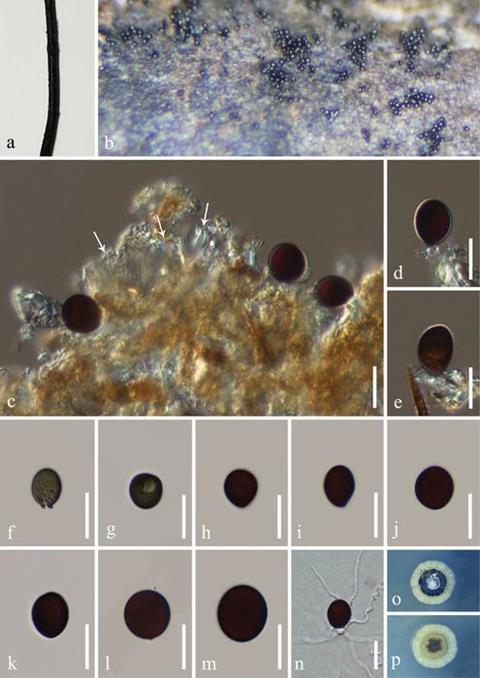Researchers have discovered two new freshwater hyphomycete (mould) species, Acrogenospora alangii and Conioscypha yunnanensis, in southwestern China.
This discovery, detailed in a study published in MycoKeys, marks the addition of these species to the Acrogenospora and Conioscypha genera, further enriching the diversity of freshwater fungi known in the region.
A research team consisting of Lu Li, Hong-Zhi Du and Ratchadawan Cheewangkoon from Chiang Mai University, Thailand, as well as Vinodhini Thiyagaraja and Rungtiwa Phookamsak from Kunming Institute of Botany, China, and Darbhe Jayarama Bhat from King Saud University, Saudi Arabia, employed comprehensive morphological analysis and multi-gene phylogenetic assessments in their study.
Ecological association
Notably, Acrogenospora alangii was identified on submerged branches of the medicinal plant Alangium chinense, highlighting a unique ecological association.

Freshwater fungi are highly diverse in China and frequently reported from submerged wood, freshwater insects, herbaceous substrates, sediments, leaves, foams, and living plants.
Most species are well-known as saprobes (organisms that live on decaying organisms) and they play an important role in ecological functioning as decomposers, but also can be pathogens as well as symbionts on humans and plants.
This research underscores the ecological and taxonomic richness of freshwater fungi in China, a country already recognised for its diverse fungal habitats. The findings contribute valuable insights into the roles these organisms play in freshwater ecosystems and emphasise the importance of ongoing biodiversity.

Topics
- Acrogenospora alangii
- Alangium chinense
- Aquatic Microbiology
- Asia & Oceania
- Chiang Mai University
- Clean Water
- Conioscypha yunnanensis
- Darbhe Jayarama Bhat
- Fungi
- Hong-Zhi Du
- King Saud University
- Kunming Institute of Botany
- Lu Li
- Middle East & Africa
- Ratchadawan Cheewangkoon
- Research News
- Rungtiwa Phookamsak
- Vinodhini Thiyagaraja







No comments yet